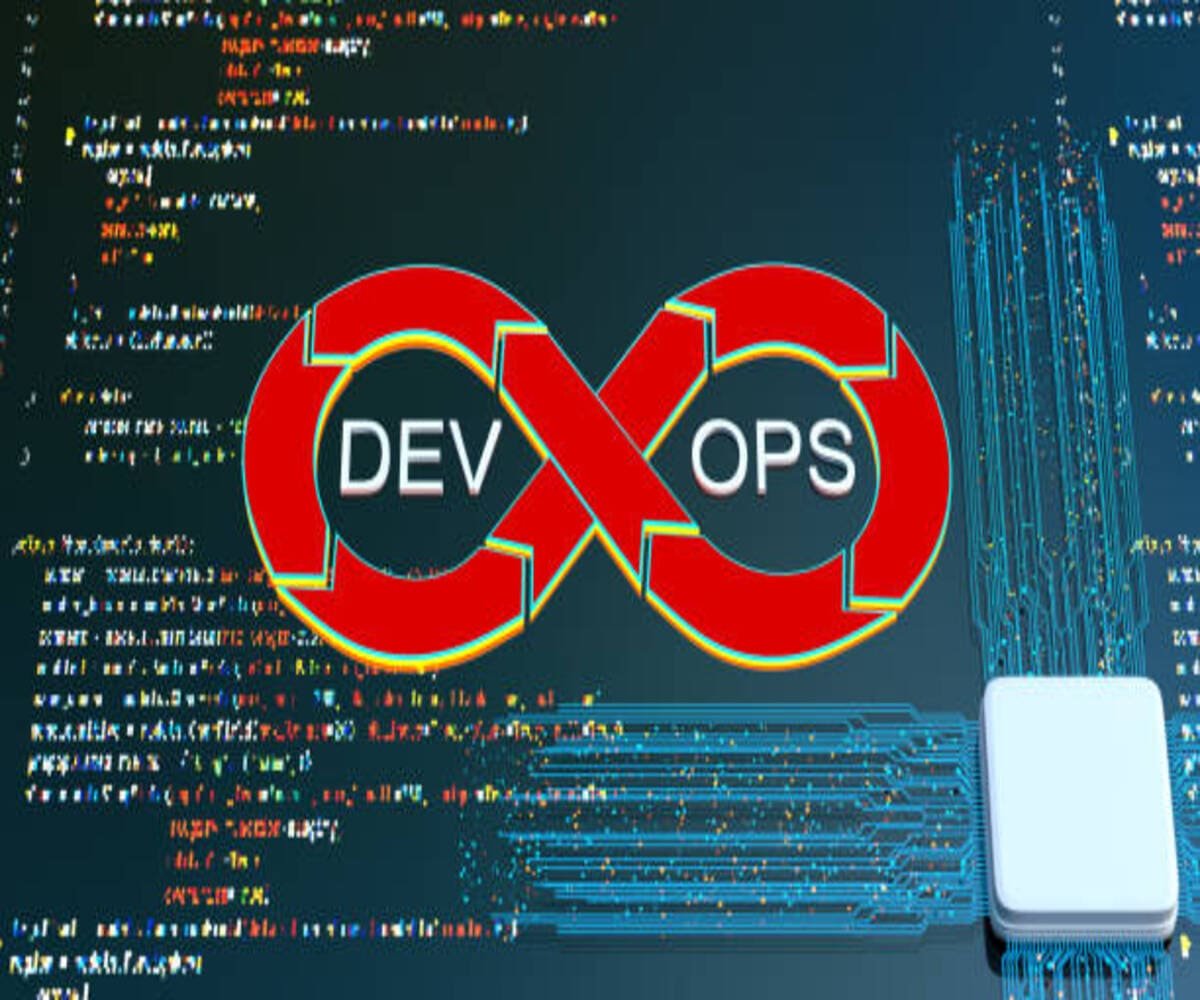Introduction
In today’s digital landscape, cybersecurity is a top priority for businesses and organizations. Network security and ethical hacking play crucial roles in protecting sensitive data, preventing cyberattacks, and ensuring the integrity of IT infrastructures. Engineering managers and security professionals must understand the principles of ethical hacking and implement robust security measures to safeguard their networks.
This course module explores network security fundamentals, ethical hacking methodologies, and best practices for securing modern digital systems.
Understanding Network Security
1. What is Network Security?
- A combination of technologies, processes, and policies designed to protect networks from unauthorized access, cyber threats, and data breaches.
- Ensures confidentiality, integrity, and availability (CIA) of data and IT resources.
2. Key Components of Network Security
- Firewalls: Hardware/software solutions that filter incoming and outgoing network traffic.
- Intrusion Detection & Prevention Systems (IDPS): Tools like Snort and Suricata for identifying and mitigating security threats.
- Virtual Private Networks (VPNs): Secure remote access solutions using encryption protocols.
- Zero Trust Security Model: Ensuring least privilege access and continuous authentication.
- Endpoint Security: Securing devices connected to the network against malware and cyber threats.
3. Common Network Security Threats
- Malware Attacks: Viruses, worms, ransomware, and spyware that compromise network integrity.
- Phishing & Social Engineering: Cybercriminals manipulating users to gain unauthorized access.
- DDoS Attacks: Distributed denial-of-service attacks disrupting network availability.
- Man-in-the-Middle Attacks (MITM): Interception of data during transmission.
- SQL Injection & Cross-Site Scripting (XSS): Exploiting web application vulnerabilities.
Ethical Hacking: Offensive Security Strategies
1. What is Ethical Hacking?
- Also known as penetration testing, ethical hacking involves simulating cyberattacks to identify vulnerabilities before malicious hackers exploit them.
- Ethical hackers, or penetration testers, work within legal and ethical boundaries to improve security defenses.
2. Phases of Ethical Hacking
- Reconnaissance: Gathering intelligence about the target system.
- Scanning: Identifying live hosts, open ports, and vulnerabilities using tools like Nmap and Nessus.
- Gaining Access: Exploiting vulnerabilities using penetration testing frameworks like Metasploit.
- Maintaining Access: Simulating persistence techniques used by real-world attackers.
- Covering Tracks: Understanding how attackers erase evidence of their activities.
3. Ethical Hacking Tools & Techniques
- Penetration Testing Tools: Kali Linux, Burp Suite, OWASP ZAP.
- Password Cracking: John the Ripper, Hashcat.
- Wireless Network Security Testing: Aircrack-ng, Wireshark.
- Social Engineering Exploits: Phishing simulations and awareness training.
Security Best Practices & Risk Mitigation
- Implement Multi-Factor Authentication (MFA): Enhancing user authentication security.
- Regular Security Audits & Penetration Testing: Identifying and mitigating vulnerabilities proactively.
- Data Encryption & Secure Communication: Using SSL/TLS and end-to-end encryption.
- Incident Response & Threat Intelligence: Preparing for cyber incidents with structured response plans.
- Security Awareness Training: Educating employees about phishing, social engineering, and cyber hygiene.
Future Trends in Network Security & Ethical Hacking
- Artificial Intelligence (AI) & Machine Learning (ML): Automating threat detection and response.
- Blockchain for Cybersecurity: Enhancing data integrity and secure transactions.
- Quantum Cryptography: Strengthening encryption methods against quantum computing threats.
- Cloud Security Advancements: Addressing security challenges in cloud-native environments.
Master Network Security & Ethical Hacking with SignifyHR !
Develop expertise in ethical hacking and cybersecurity best practices with expert-led courses at SignifyHR.com. Learn to identify vulnerabilities, secure digital infrastructures, and mitigate cyber threats effectively !










